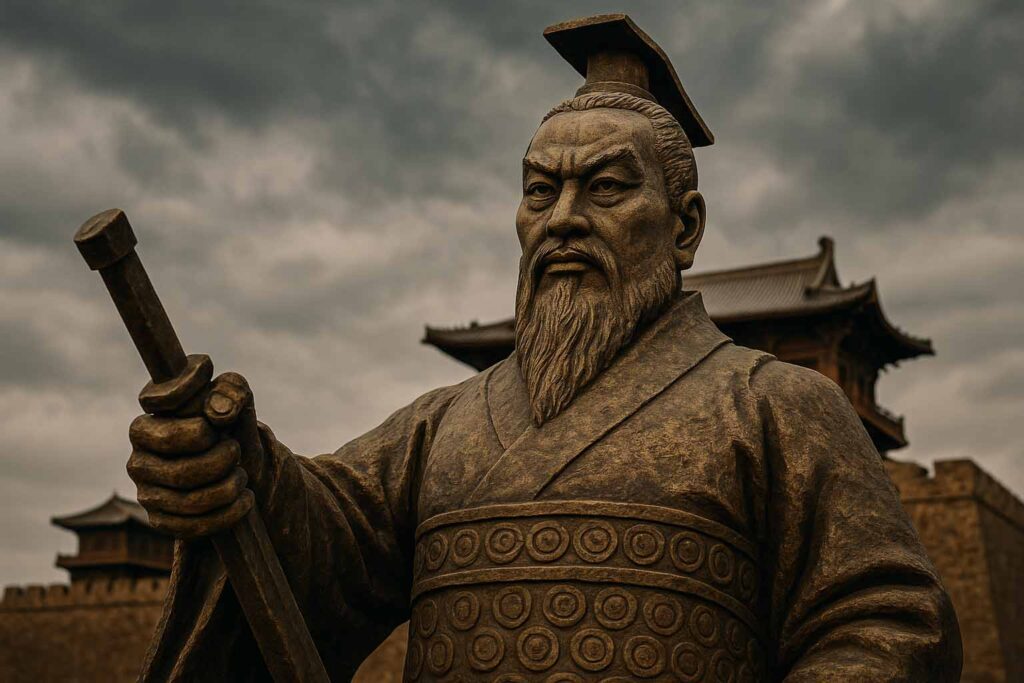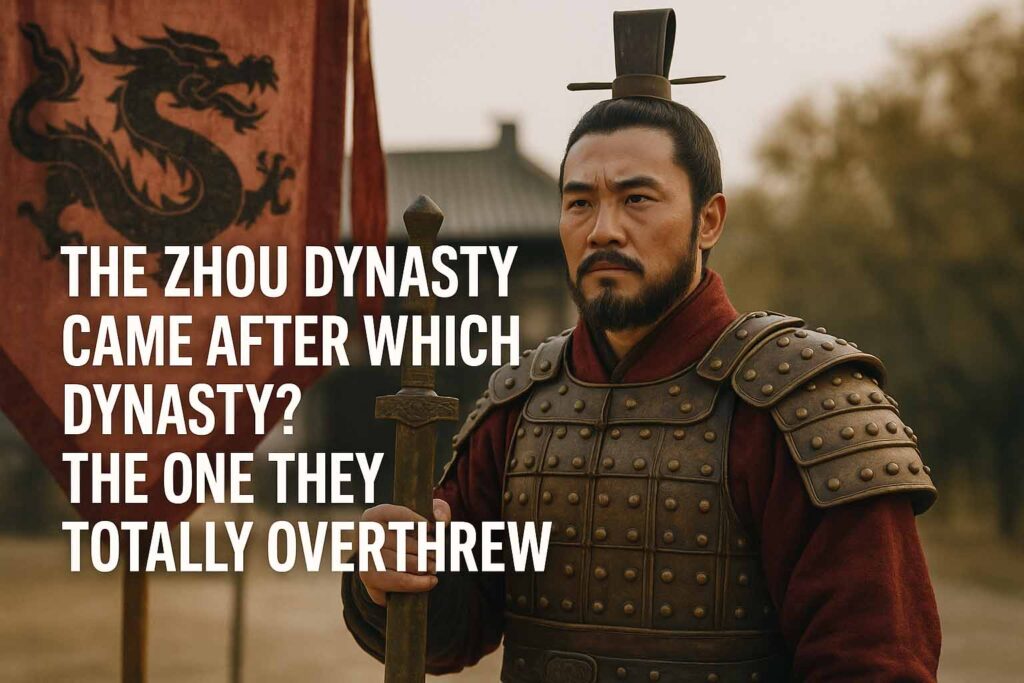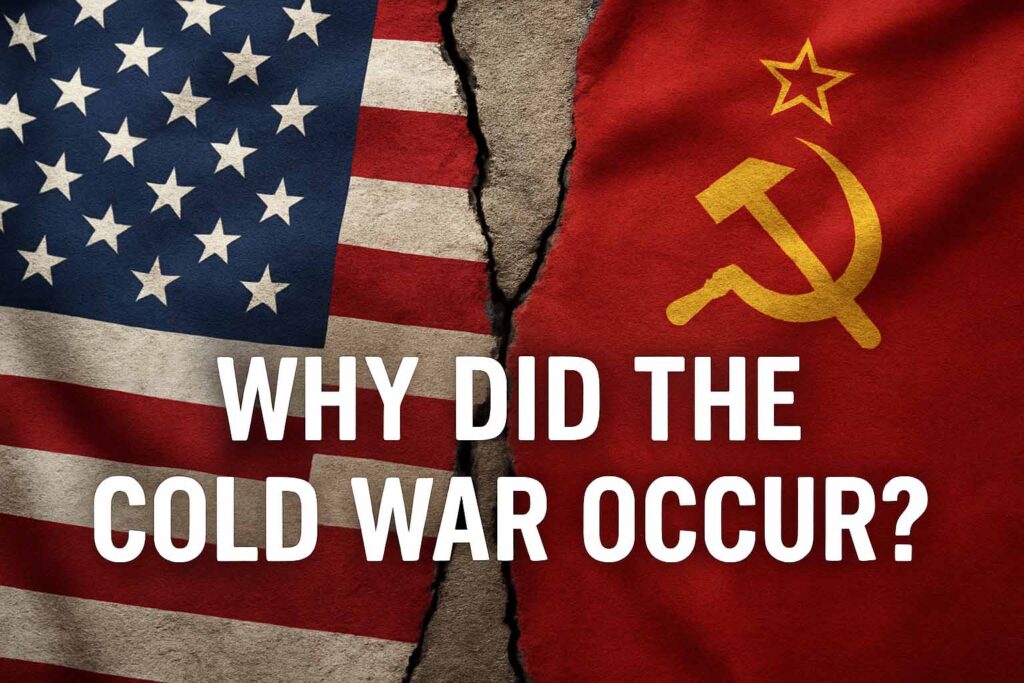It began with a horrific attack, an ultimatum, and a journey into the “Graveyard of Empires.”
1️⃣ The Super-Simple Version (For When You’re Running Late)
TL;DR:
The war in Afghanistan started because the terrorist group al-Qaeda, led by Osama bin Laden, planned and carried out the 9/11 attacks from its safe haven in Afghanistan. The U.S. demanded that Afghanistan’s rulers, the Taliban, hand him over, but they refused, triggering a U.S.-led invasion in October 2001.
What Actually Happened:
- The Terrible Guest: A wealthy extremist named Osama bin Laden and his terrorist network, al-Qaeda, were based in Afghanistan. They were basically the world’s worst houseguests.
- The Complicit Host: The Taliban, a radical Islamic group, controlled most of Afghanistan. They gave al-Qaeda protection and a place to train and plan.
- The Unthinkable Act: On September 11, 2001, al-Qaeda operatives hijacked four planes and attacked the United States, killing nearly 3,000 people.
- The Line in the Sand: The U.S. President, George W. Bush, gave the Taliban an ultimatum: “Hand over bin Laden and all the leaders of al-Qaeda, or share in their fate.”
- The Refusal: The Taliban refused to extradite bin Laden without being shown direct evidence, a move the U.S. interpreted as a final “no.” As a result, the U.S. and its allies launched a military campaign to topple the Taliban and hunt down al-Qaeda.
Why It Mattered:
This decision kicked off the “War on Terror” and America’s longest-ever war, a 20-year conflict that reshaped global politics, cost trillions of dollars, and had a devastating, lasting impact on the people of Afghanistan.
Bonus Fun Fact:
In the early days of the invasion, elite U.S. Special Forces famously rode on horseback alongside Afghan Northern Alliance fighters to fight the Taliban, combining 21st-century satellite technology with 19th-century cavalry tactics.
Oversimplified Rating: 💥💥💥💥💥 Global Domino Effect Level
2️⃣ Okay, You Want the Full Story? Grab a Seat.
The Prequel: How the Soviet Union Accidentally Set the Stage
To truly understand what started the war in 2001, you have to rewind to 1979. That’s when the Soviet Union invaded Afghanistan to prop up a failing communist government. This decision turned out to be a colossal mistake.
Fiercely independent Afghan resistance fighters, known as the Mujahideen, rose up to fight the invaders. And who was their biggest supporter? The United States. In a classic Cold War move, the CIA funneled billions of dollars in weapons and training to the Mujahideen to bleed the Soviets dry. It worked. After a decade of brutal fighting, the battered Soviet army withdrew in 1989.
But victory left a scar. Afghanistan was flooded with weapons and battle-hardened fighters, but it had no stable government. A vicious civil war broke out among the very Mujahideen groups that had once been allies.
Enter the Taliban (and Their Infamous Houseguest)
Out of the chaos of the civil war emerged the Taliban. The name means “students” in Pashto, and they were a group of religious scholars and fighters from southern Afghanistan. They promised to end the corruption and infighting and restore order by imposing their own extreme interpretation of Islamic law (Sharia). By 1996, they had captured the capital, Kabul, and controlled about 90% of the country.
Meanwhile, a wealthy Saudi named Osama bin Laden was making a name for himself. He had been one of the many foreign Arabs who joined the Mujahideen to fight the Soviets. After being expelled from other countries, he found a welcome home in Taliban-controlled Afghanistan.
Why did the Taliban shelter him? It was a mix of shared ideology, a traditional Afghan code of hospitality (Pashtunwali), and the personal relationship between bin Laden and the Taliban’s leader, Mullah Omar. In return for this sanctuary, al-Qaeda provided funding and fighters to help the Taliban’s cause. Afghanistan became al-Qaeda’s global headquarters for terror.
The Day That Ignited the War: September 11, 2001
On the morning of September 11, 2001, the world watched in horror as al-Qaeda operatives executed the deadliest terrorist attack in history. The 9/11 attacks were not just an act of terror; they were a direct challenge to the world’s sole superpower, planned from the mountains of Afghanistan.
The U.S. response was swift and resolute. President George W. Bush declared a “War on Terror” and made it clear that he would make no distinction between the terrorists who committed the acts and those who harbored them.
The ultimatum to the Taliban was delivered:
- Hand over all al-Qaeda leaders immediately.
- Release all unjustly imprisoned foreign nationals.
- Close every terrorist training camp.
- Give the U.S. full access to inspect the camps.
The Taliban leadership wavered. They condemned the attacks but refused to hand over bin Laden without proof of his involvement, suggesting he be tried in their own Islamic court or a third country. For the U.S., this was an unacceptable stalling tactic. The deadline passed. The decision for war was made.
Operation Enduring Freedom and the 20-Year Quagmire
On October 7, 2001, the U.S. and its allies, primarily the UK, launched Operation Enduring Freedom. A combination of overwhelming airpower and support for the Taliban’s Afghan rivals, the Northern Alliance, led to a swift initial victory. By December, the Taliban regime had collapsed, and its fighters had melted away into the mountains and across the border into Pakistan.
But overthrowing the Taliban was the easy part. The U.S. and its allies then found themselves entangled in a two-decade mission of nation-building, trying to establish a stable democracy while fighting a persistent Taliban insurgency. The war that started with a clear objective—to destroy al-Qaeda and punish the Taliban—morphed into a long, costly, and ultimately unsuccessful effort to remake Afghanistan.
🔍 Mini FAQ: What People Also Ask
Q: In short, what started the war in Afghanistan?
A: The war started as a direct response to the 9/11 attacks, which were planned by al-Qaeda from Afghanistan. The U.S. invaded after the ruling Taliban refused to hand over Osama bin Laden.
Q: Who were the Taliban?
A: The Taliban were (and are) a fundamentalist Islamic group that ruled Afghanistan from 1996 to 2001. They provided a safe haven for al-Qaeda.
Q: What is al-Qaeda?
A: Al-Qaeda is a global terrorist network founded by Osama bin Laden. It was responsible for the 9/11 attacks and other attacks on Western targets.
Q: Why didn’t the Taliban just give up Osama bin Laden?
A: A combination of factors, including their strict interpretation of the Pashtun code of hospitality, their ideological alliance with al-Qaeda, and the personal bond between their leader and bin Laden, led them to refuse.
Q: Was the U.S. already at war in Afghanistan before 2001?
A: No. The U.S. was not militarily involved in Afghanistan before 2001, although it had funded anti-Soviet forces there during the 1980s.
Q: Did the Soviet invasion cause the 2001 war?
A: It didn’t directly cause it, but it created the conditions—a failed state, a civil war, and a generation of fighters—that allowed the Taliban and al-Qaeda to rise to power.
Q: Why did the war last for 20 years?
A: The mission expanded from counter-terrorism to a massive nation-building project and fighting a resilient Taliban insurgency, which proved incredibly difficult and complex.
Q: Was the war in Afghanistan considered a success?
A: This is highly debated. While the initial goal of removing the Taliban and disrupting al-Qaeda was met, the war ended in 2021 with the Taliban returning to power, leading many to view the long-term effort as a failure.





No comment yet, add your voice below!